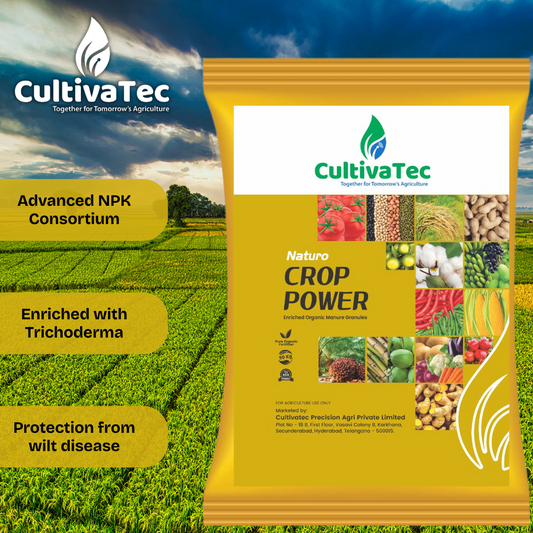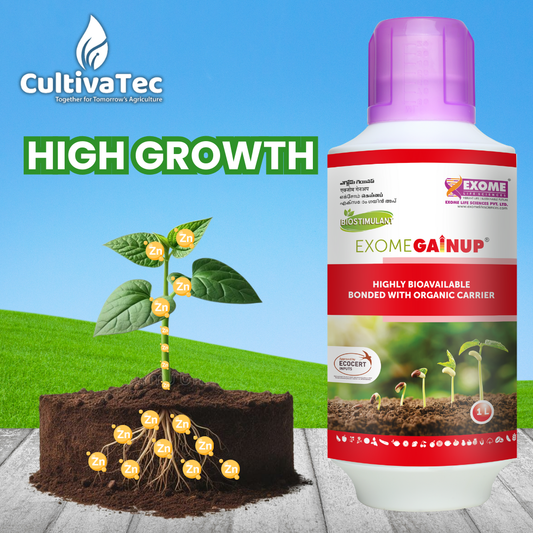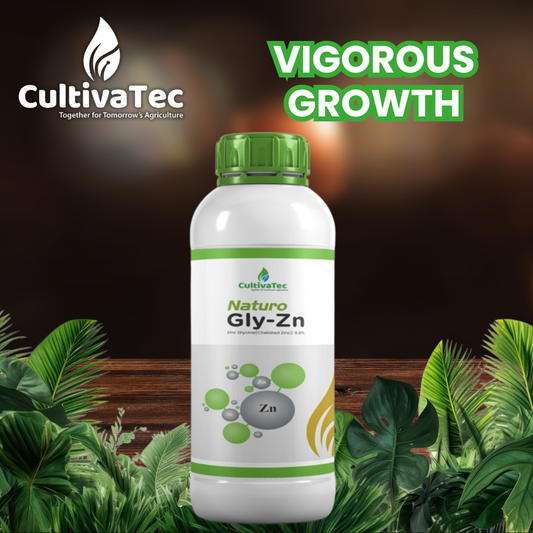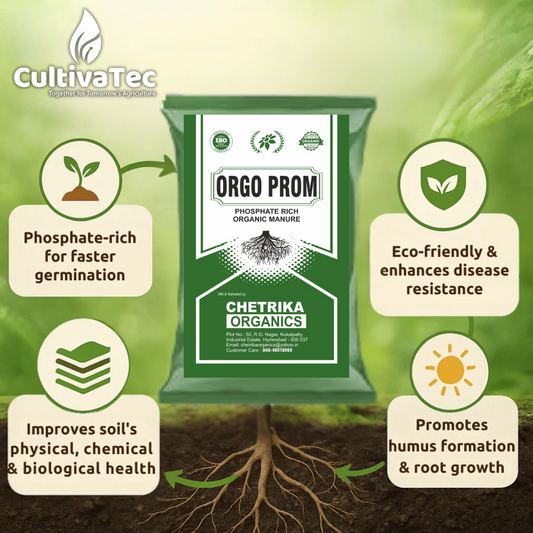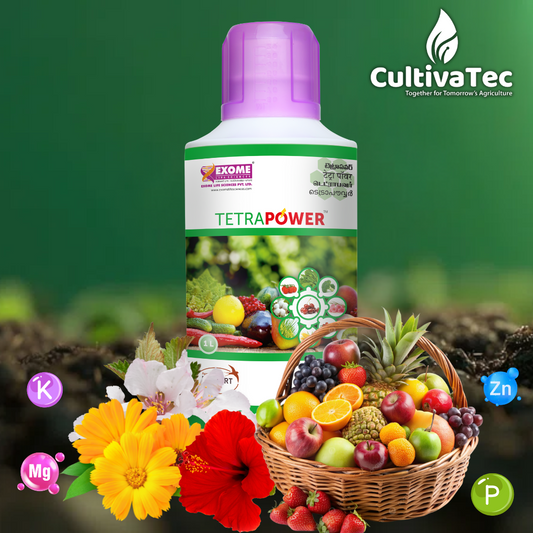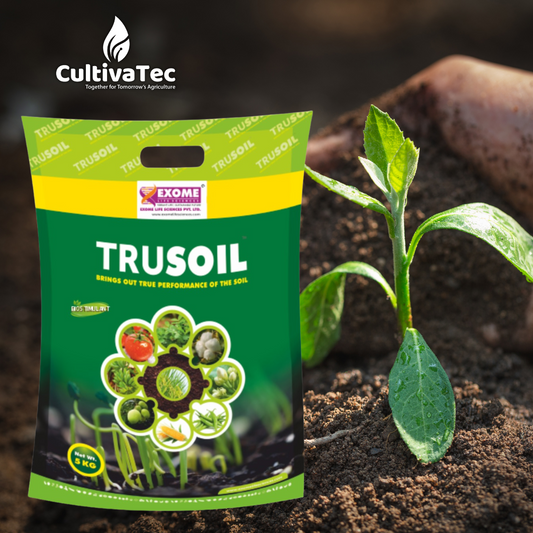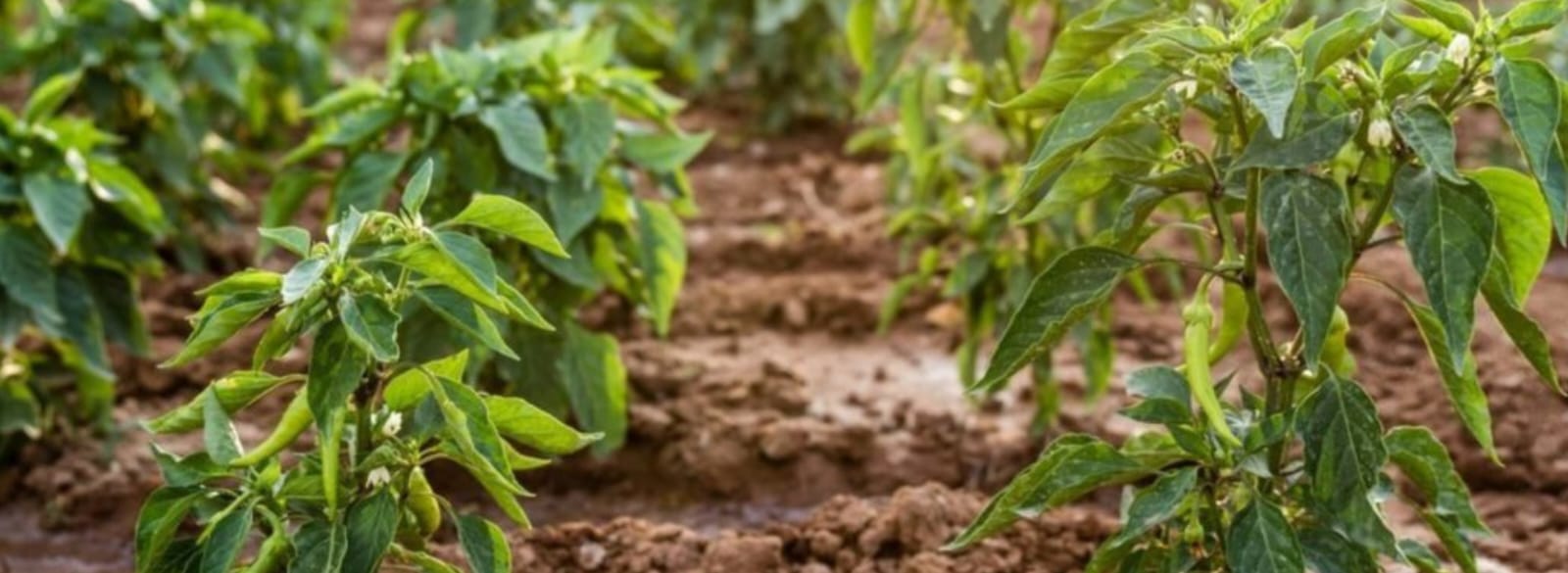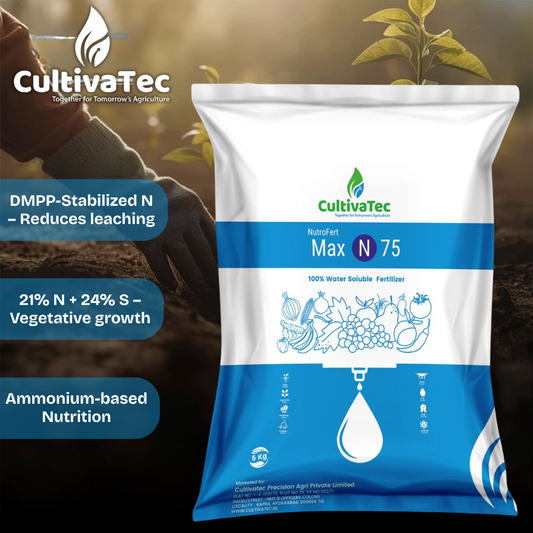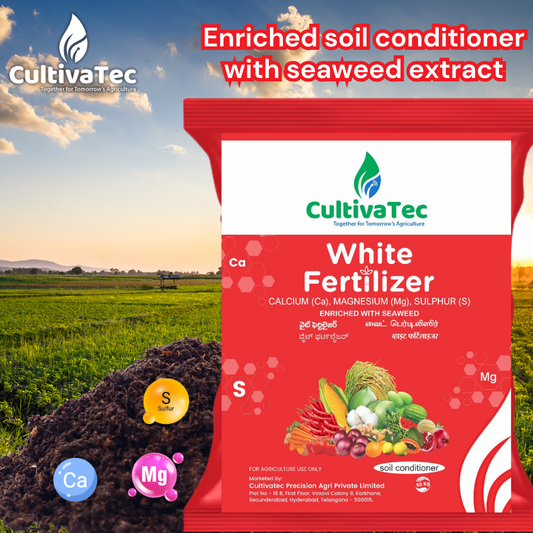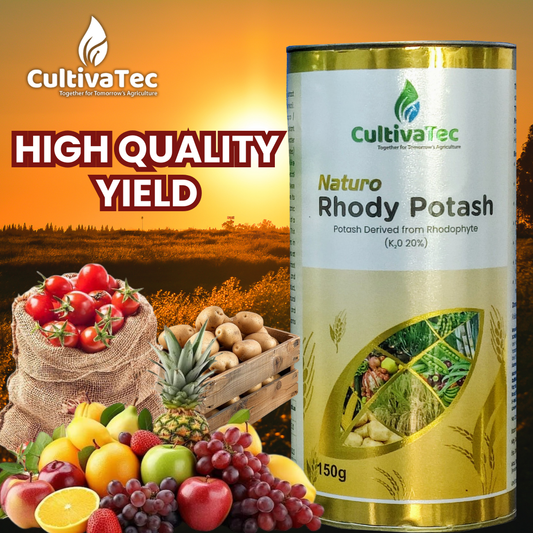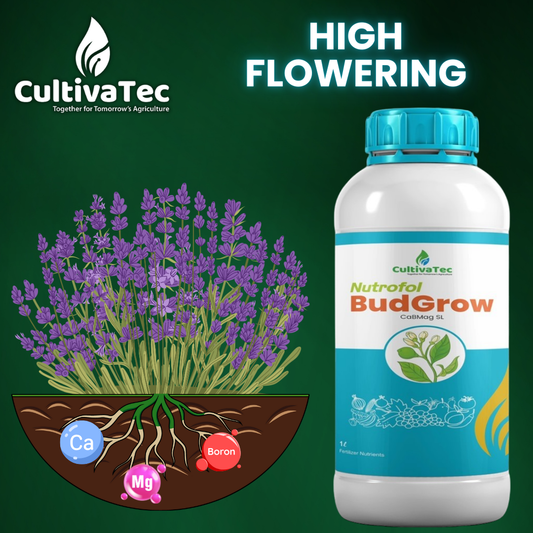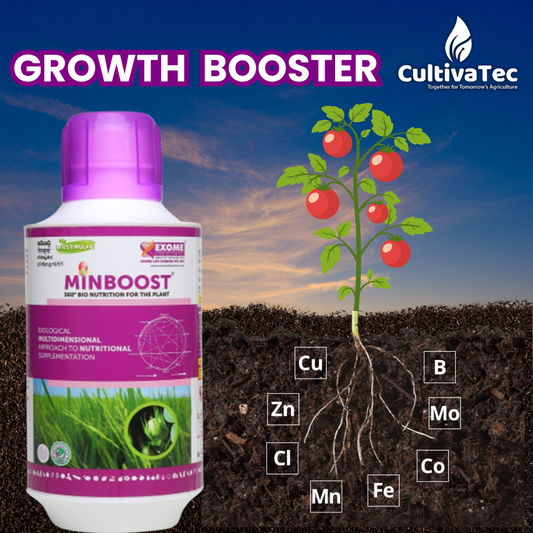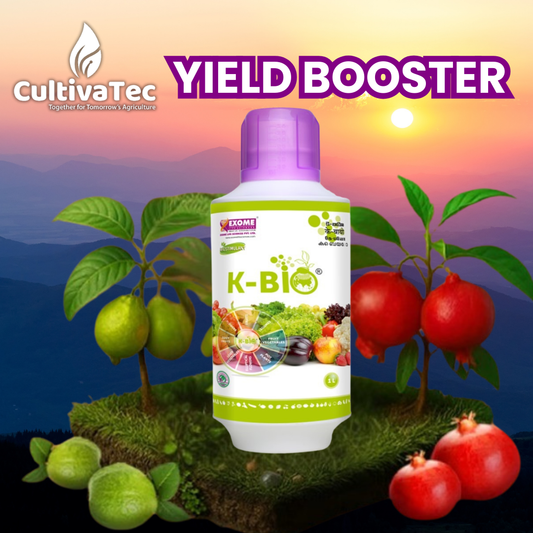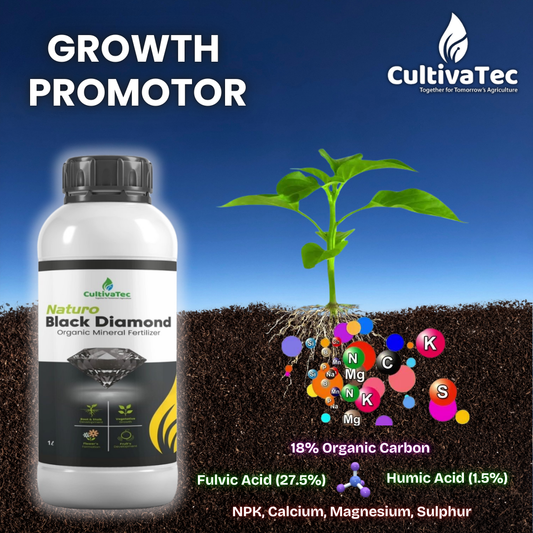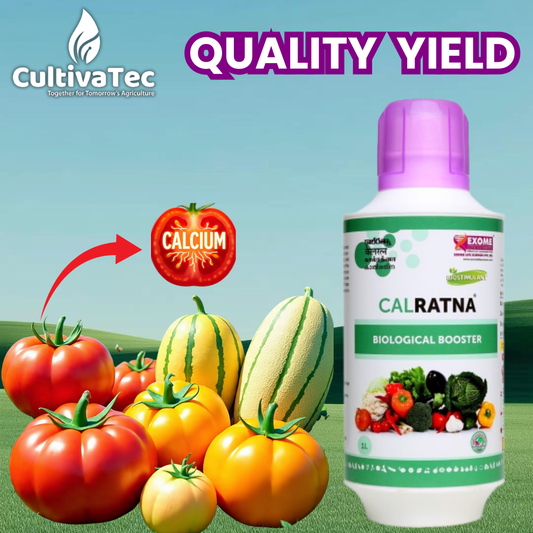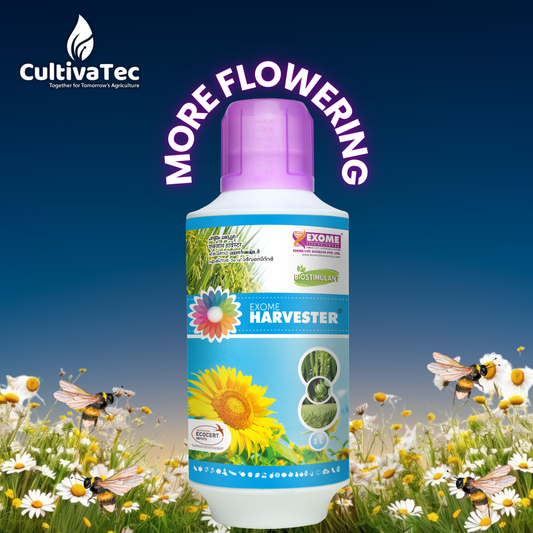cultivatec smart practice
Cultivatec
Expected fertilizer and Agrochemical Expenditure
Rupee 23,000
Expected Harvest
15 quintal/acre
Expected Income [Rs]
Rupee 75,000
standard practice
Standard farming
Expected fertilizer and Agrochemical Expenditure
Rupee 26,000
Expected Harvest
12 quintal/acre
Expected Income [Rs]
Rupee 60,000
Stage 1: Nursery (0–30 DAS)
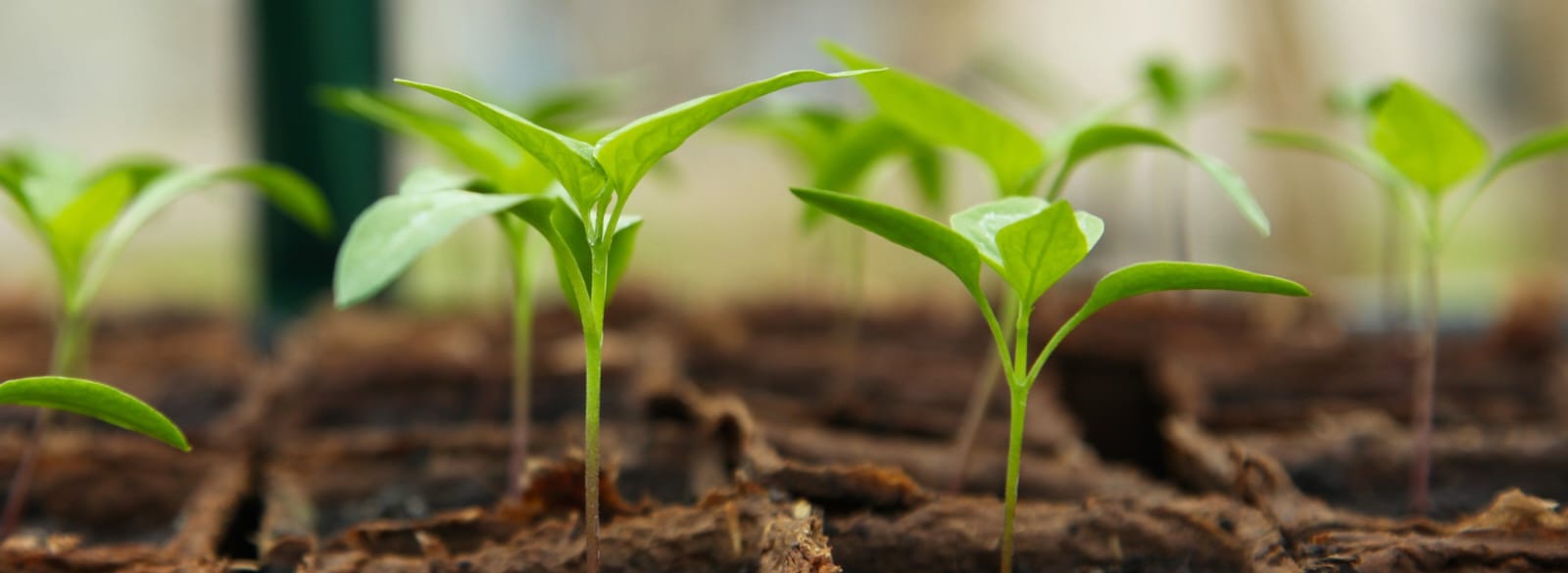
Seed germination and root priming dominate this stage, with seedling sturdiness determining transplant success. Rapid root elongation, early leaf unfolding, and uniform seedling vigour are the key physiological markers.
An optimum temperature of 25–30 °C and soil pH of 6.0–6.8 ensure proper nutrient uptake. Moist, well-drained beds are essential; waterlogging or drought checks growth and increases disease risk.
Focus is on balanced NPK to promote early seedling growth, zinc for vigour, and organic conditioners for soil health and nematode control.
Critical indicator: uniform germination, white root hairs, and sturdy green seedlings.
Stage 2: Transplanting & Establishment (0–20 DAT)
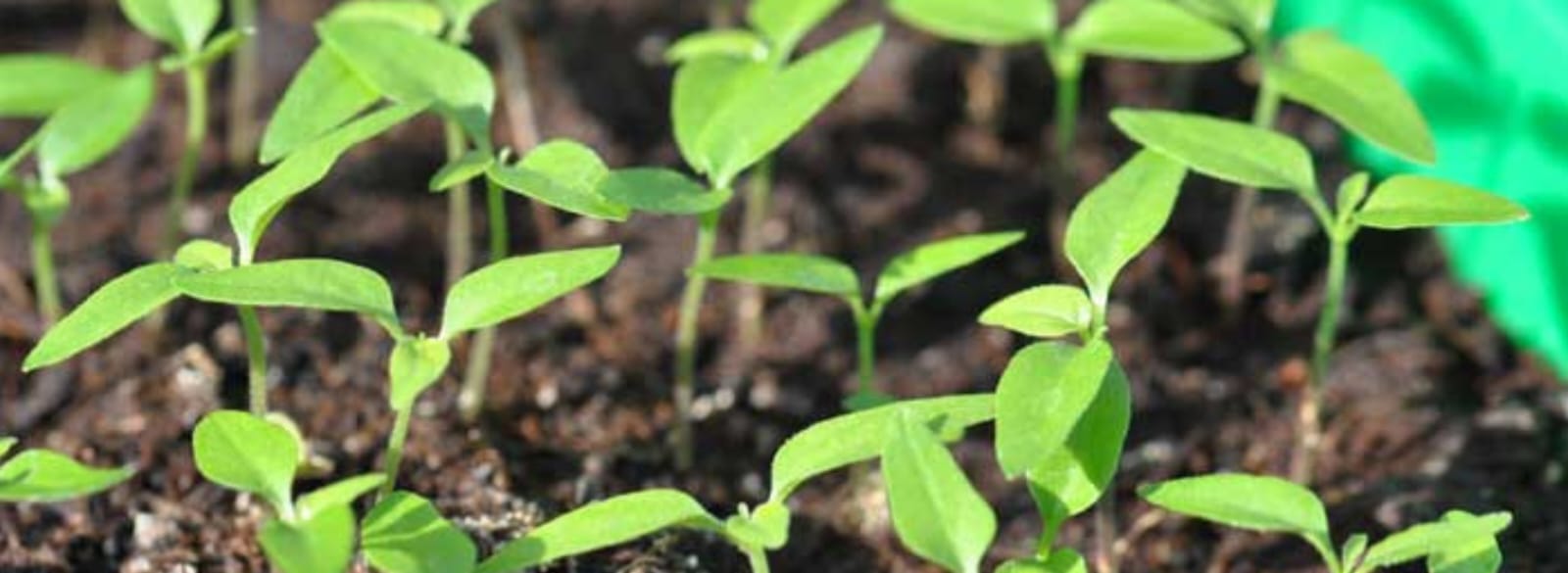
Seedlings are transplanted into the main field and must re-establish roots quickly to overcome transplant shock. Root anchorage, initial shoot recovery, and balanced nutrient uptake are key for uniform establishment.
Optimal conditions: 25–32 °C temperature, moist but not waterlogged soil, and pH 6.0–7.0. Soil should be friable and well-aerated for root penetration. Disease risk is high under humid or water-stagnant conditions, so soil structure and immunity must be supported.
Incorporate phosphorus-rich basal fertilizer to promote root development, foliar P, K, Mg, and Zn to ensure micronutrient sufficiency, support chlorophyll synthesis, and activate key enzymes, and a soil health booster to enhance microbial activity, nutrient availability, and stress tolerance.
Healthy, upright plants with strong initial shoots
Stage 3: Vegetative Growth (20–40 DAT)
Chilli plants rapidly develop branches and leaves, expanding the canopy to capture maximum sunlight. Strong vegetative growth during this phase determines future flower initiation and green chilli yield potential.
Optimal conditions: 25–32 °C temperature, well-drained and aerated soil, pH 6.0–7.0. Adequate moisture is critical, but avoid waterlogging to prevent root stress.
Apply controlled-release nitrogen to support continuous vegetative growth, basal calcium, magnesium, and sulphur to strengthen stems and leaves, and foliar zinc to promote enzyme activity, chlorophyll synthesis, and overall plant vigor.
Dense, healthy canopy with vigorous branching
Stage 4: Floral Primordia Initiation (40–55 DAT)
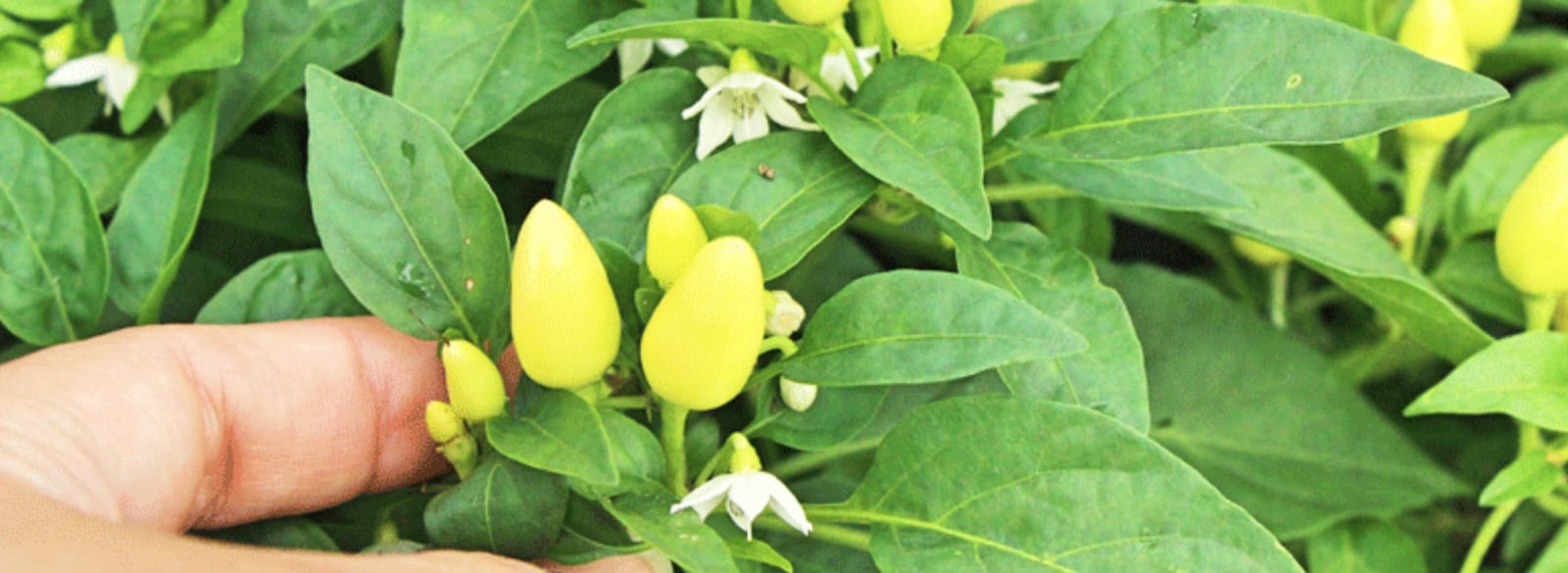
This is the most critical transition stage in chilli. The plant shifts from vegetative to reproductive growth. During floral primordia initiation, flower buds differentiate and the plant prepares for fruit set, with proper nutrition ensuring strong flowering and uniform fruit development.
Optimal conditions include temperatures of 25–30 °C, well-drained soil, and avoidance of water stress.
Nutrient support should focus on potassium for flower and fruit development, foliar calcium and boron to strengthen buds and improve pollination, and growth stimulants to enhance uniform flowering and early fruit formation.
Uniform and strong bud initiation
Stage 5: Flowering & Fruit Set (55–80 DAT)
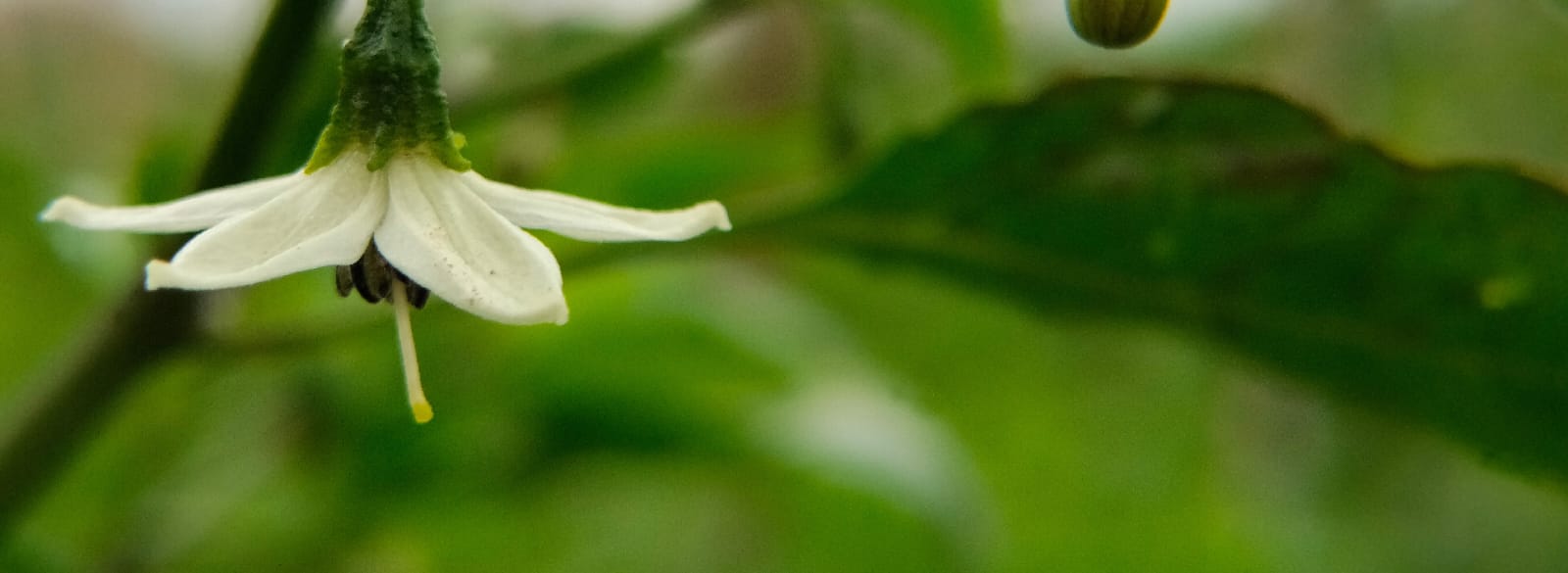
Chilli plants start flowering and set fruit, with proper nutrition ensuring high flower retention and uniform fruit development. Strong flower and fruit set at this stage directly impact yield potential.
Optimal conditions: 25–30 °C temperature, well-drained soil, moderate humidity; avoid water stress to prevent flower drop.
Apply foliar potassium to support flower and fruit development, foliar calcium and boron to strengthen buds and improve pollination, and growth stimulants to enhance uniform flowering and early fruit growth.
Uniform flower initiation with minimal flower drop.
Stage 6: Fruit Development (80–100 DAT)
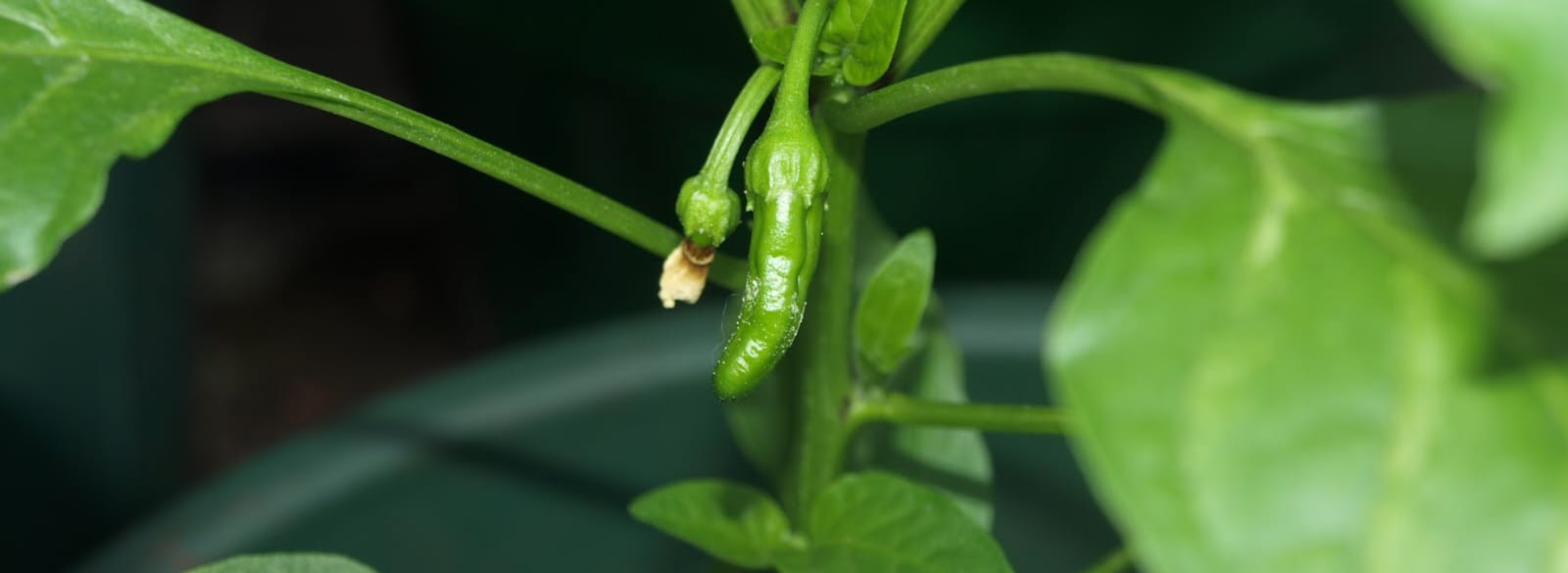
Chilli fruits enlarge and fill, with proper nutrition ensuring strong fruit growth, uniform size, and high quality.
Optimal conditions: 25–32 °C temperature, well-drained and aerated soil, and consistent irrigation; avoid water stress or waterlogging.
Apply foliar potassium to support fruit enlargement and quality, foliar calcium to strengthen cell walls and prevent cracking, and foliar boron to enhance sugar transport, fruit set, and early development.
Uniform fruit enlargement and strong fruit filling.
Stage 7: Harvest & Successive Flushes (100–150+ DAT)
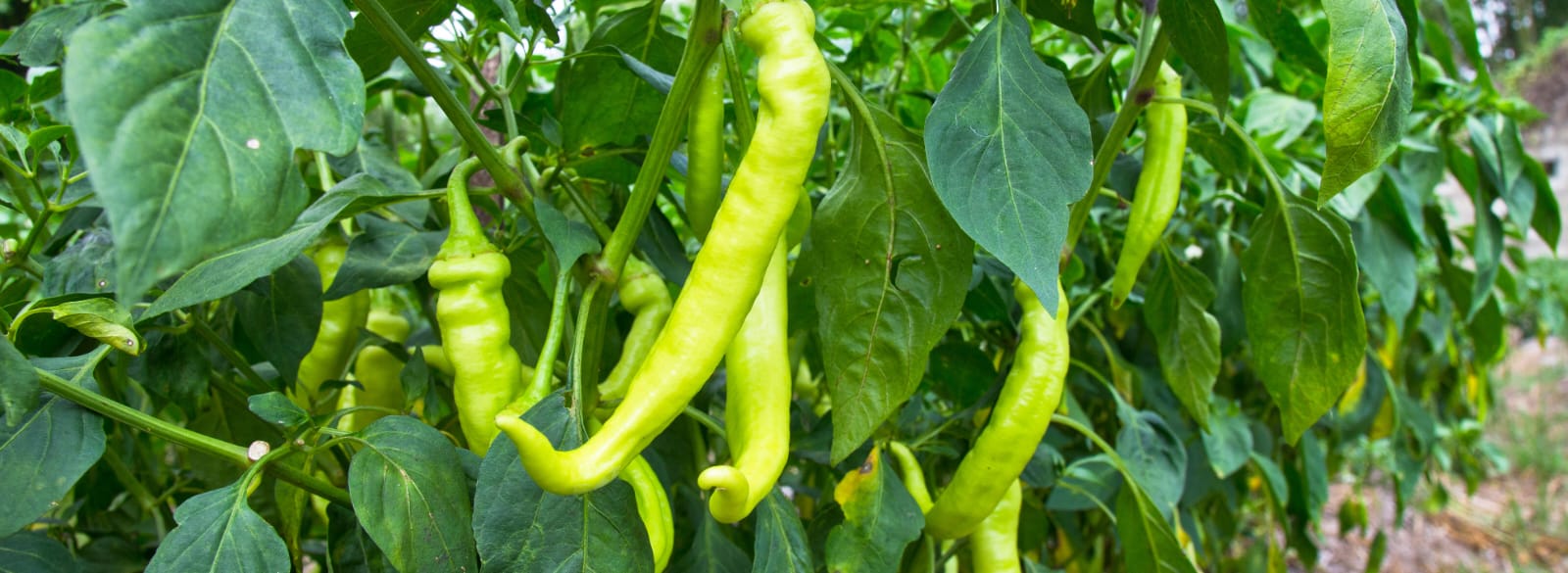
Chilli plants continue producing flowers and fruits, with successive flushes determining total yield. Proper nutrition ensures sustained vegetative growth, flowering, and fruiting for multiple harvests.
Optimal conditions: 25–32 °C temperature, well-drained soil, and consistent irrigation; avoid water stress or nutrient deficiency.
Apply light nitrogen to support new shoot and flower growth, foliar potassium to maintain fruit size and quality, foliar calcium and boron to strengthen new flowers and fruits, and growth stimulants to enhance plant metabolism and stress tolerance.




